Welcome to Coin Value Checker, your quick and reliable way to identify and evaluate coins.
Simply upload photos of your coin and, within seconds, you’ll receive details about its year, type, rarity, and estimated market value.
How to Use the Tool
- Upload your coin photos
- Click Obverse (Front) to upload the front side.
- Click Reverse (Back) to upload the back side.
(Supported formats: JPG and PNG, up to 5MB each)
- Check your uploads
Make sure both images (Front Side and Back Side) are correctly selected. - Start fresh if needed
Use Clean to clear your uploads and begin again. - Run the analysis
Press Analyze Currency and wait a few seconds.
The system will process your coin and provide:- Year and type
- Approximate rarity
- Estimated collector market value
💰 Coin Value Checker
Important Notice
Only images of coins are allowed for analysis.
Uploaded photos are temporarily stored on our server for a maximum of 1 hour and then automatically deleted.
Do not upload personal photos, documents, or sensitive information.
Uploading images that do not correspond to coins is prohibited. Any unrelated images (including sexual, violent, or illegal content) will be automatically discarded and removed from our servers.
How to find Coins value for free
Step 1: Identify and Categorize Your Coins
The first step in finding a coin’s value is correctly identifying it. In the U.S., there are 12 main types of coins, but the most common are:
- Penny (1 cent)
- Nickel (5 cents)
- Dime (10 cents)
- Quarter (25 cents)
- Half Dollar (50 cents)
- Silver Dollar (1 dollar)
Each of these coins has different versions depending on the year of mintage and the mint mark. You can check their value using an online coin value checker by entering the year of issuance.
Step 2: Check the Date and Mint Mark
Coins have a mint year, which indicates when they were produced. Most also include a mint mark, showing where they were minted. Common U.S. mint marks include:
- P (Philadelphia)
- D (Denver)
- S (San Francisco)
- O, CC, W (less common and often more valuable)
Some coins from certain years and mints are more valuable due to their rarity or low mintage.
Step 3: Assess Coin Condition
A coin’s condition greatly affects its value. Common grading categories include:
- Poor (P) – Extremely worn, barely recognizable details
- Good (G) – Faint details, heavy wear
- Fine (F) – More visible details but some wear
- Extremely Fine (XF) – Light wear, strong details
- Uncirculated (MS) – No wear, appears brand new
Compare your coin with online reference images or use a magnifying glass for better evaluation.
Step 4: Identify Special Features
Some coins have errors or unique features that make them more valuable. These include:
- Minting errors (double strikes, missing marks, etc.)
- Commemorative or limited-edition coins
- Coins made of silver or other precious metals
- Low mintage numbers for a specific year
If you believe you have a valuable coin, you can consult price guides or join collector communities to verify its worth.

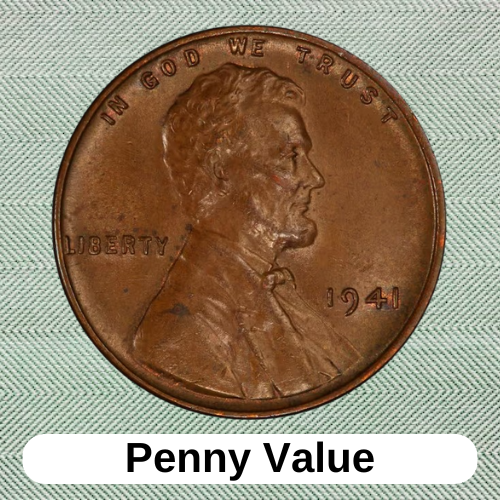
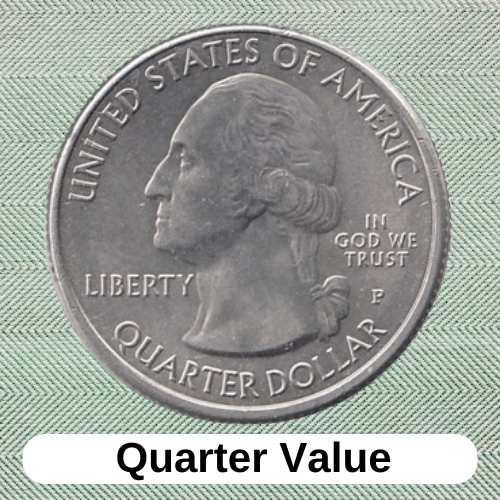
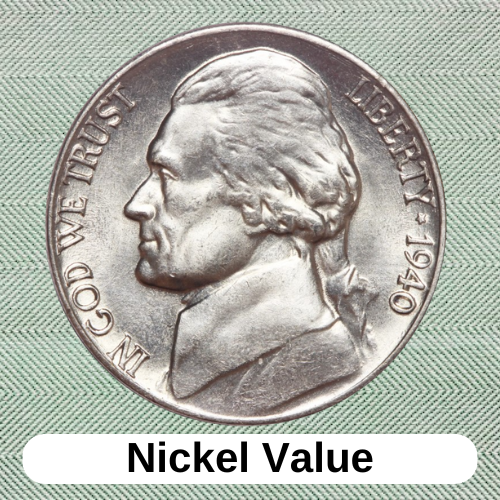
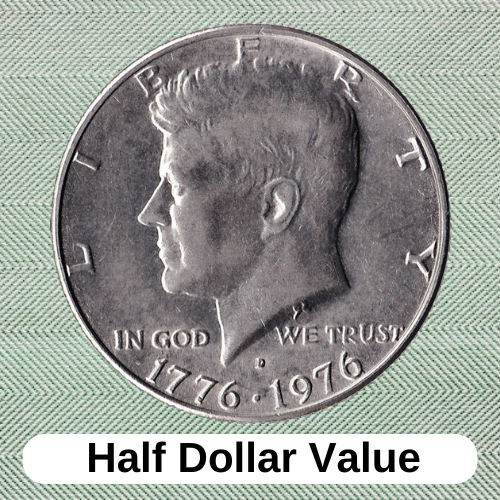
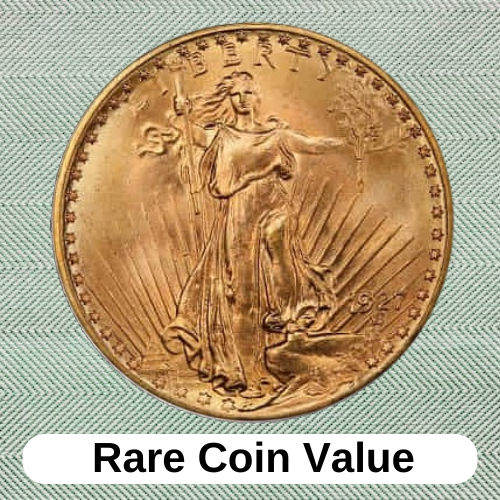
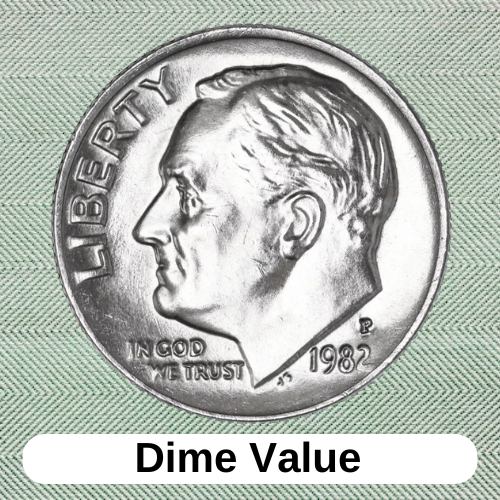
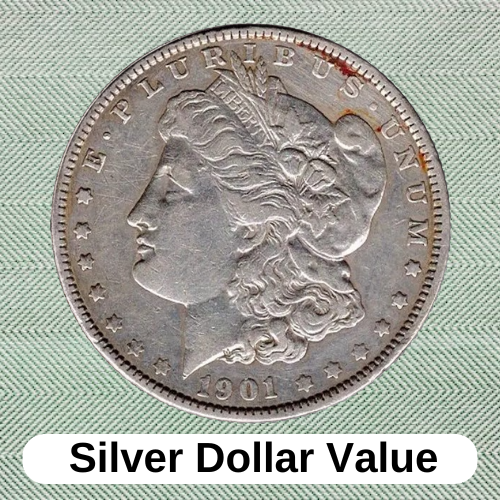
Hola buenas tardes tengo un billete de 1976
Hi Sandra, use our tool to determine its value.
Tengo muchas monedas valiosas
I want my coins to be valued
Buenas noches tengo muchas monedas desde one cent,dime ,five y cuarto de dollar me gustaría saber su valores
Use our tool to determine its market value.
Buenas noches me podrían evaluar mis monedas por favor
Use our tool to determine its market value.
Hola tengo una moneda del año 1972 es un liberty en exelente estado
Use our tool to determine its market value.
Tengo monedas dela año 1972 liberty
Use our tool to determine its market value.
Tengo una moneda del 1970 de 50 centavos de dollar, una de 25 centavos de 1970 y de 1966
Use our tool to determine its market value.
Tengo una moneda del 2000 de 10 centavos con error
I have a $1 Dollar coin from Andrew Johnson in perfect condition. I want to know; what is the value of this coin. Would you help me? Tengo una moneda de un dólar , de Andrew Johnson, esta en perfectas condiciones, me gustaría saber cuál es el valor actual de esta moneda. Podrían ustedes ayudarme a evaluarla? Gracias
Hi, how I use the tools to determine the value from my coin
Tengo varias monedas de colección y me gustaría saber cómo vender .